Garment, textile, footwear industries face declining in orders
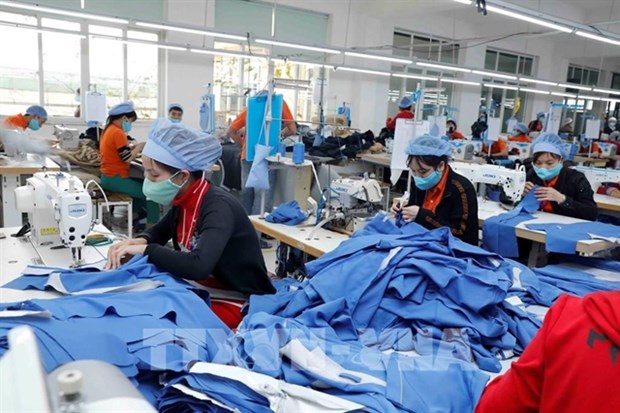
Many textile and garment enterprises in HCM City are seeing a sharp drop in export orders, mainly from the US and EU. (Photo: VNA)
Enterprises in the textile, garment and footwear industries are facing a decrease in orders through the rest of this year and possibly into the next year.
Pham Xuan Hong, chairman of HCM City Textile and Embroidery Association, said in the eight months of 2022, Vietnam’s textile and garment export value reached 30.1 billion USD, but this value mainly came from the first months of the year. Since July, textile and garment industry enterprises have been facing many difficulties, including the reduction in export orders.
Many textile and garment enterprises in HCM City are seeing a sharp drop in export orders, mainly in the US and EU, because inflation pressure in these nations is large, forcing consumers to tighten spending. Furthermore, textiles are not essential goods, Hong said.
An analysis report on the textile industry published by VNDirect Research has also commented that the demand for high-end clothing items such as shirts and t-shirts made from recycled cotton fibres would slow down in the second half of 2022.
According to this report, garment companies said that US customers had shortened the period of ordering exports to three months before the deadline for goods delivery instead of six months due to high inventories and inflationary pressures.
At present, only a few large enterprises, such as Thanh Cong (TCM), Century Yarn (STK), and Damsan Joint Stock Company (ADS), have enough export orders for the third quarter of 2022. Still, some customers have cancelled the orders due to high inventory, while fourth-quarter orders have also slowed due to inflation concerns.
In the EU market, Pham Van Viet, chairman of Viet Thang Jean Co, Ltd, has also admitted that the orders of his firm have decreased by over 30 % and they have been forced to cut working hours to maintain jobs.
In the US and Europe, although the world fuel prices have decreased, inflation in these markets is still high to make people tighten their spending. This has negatively impacted the textile and garment exports of Vietnamese enterprises because the two markets account for a large proportion of Vietnam’s textile, garment and footwear exports.
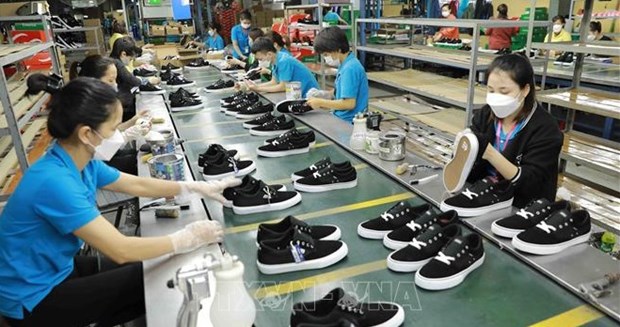
Illustrative image (Source: VNA)
According to a representative of the Vietnam Leather, Footwear and Handbag Association, Vietnamese leather and footwear exports would certainly be affected by the last months of the year due to inflation and reduced consumer demand in key markets. Many enterprises in the leather and footwear industry would face a reduction in export orders from now until the beginning of 2023. Meanwhile, the leather and footwear industry is in inventory due to the reduced consumer demand.To cope with this situation, the association said the footwear enterprises had been forced to reduce overtime. At the same time, they have negotiated with partners to do orders that were signed during the pandemic for maintaining operations and ensuring employee income.
Textile, garment, leather and footwear are all major export industries of Vietnam and are directly affected by fluctuations in the world market.
The shortage of raw materials for production is due to strict anti-pandemic measures in the Chinese and Japanese markets. Along with that, the difficult economy and increasing inflation in the large markets have affected enterprises' purchasing power, orders and prices.
According to General Director of Dap Cau Garment Corporation Luong Van Thu, the corporation has seen difficulties in the market and consumption of goods, as well as a reduction in terms of scale and price of export orders from the beginning of this third quarter. As a result, orders from major markets in the US and Europe have fallen by up to 50 %.
Hong said that exports are unlikely to recover soon.
At present, large enterprises with many orders tend to share their orders with other enterprises lacking orders. Meanwhile, some others are looking for short-term opportunities in the domestic market, Hong said.
Besides that, the enterprises are looking for orders in new markets. For example, the HCM City Textile, Embroidery and Knitting Association enterprises have recently cooperated with partners in India and Pakistan to get orders from these markets.
Truong Van Cam, vice chairman and general secretary of the Vietnam Textile and Apparel Association, said that the association is making statistics to have solutions for supporting the enterprises. It focuses on those having a large decrease in orders, affecting workers.
To overcome the difficulties, Cam has suggested that overseas Vietnamese trade offices continue to share information about the markets, especially the EU.
The Vietnam Trade Office in China coordinates with China's authorities to create favourable conditions for transporting material for production promptly.
The Vietnam trade offices in the US and France must provide information about the market and suitable textile and garment fairs for local enterprises.
In addition, the enterprises themselves also need to persify markets, promote digital transformation and innovate technology.
According to Le Tien Truong, chairman of the Vietnam National Textile and Garment Group (Vinatex), unpredictable fluctuations will remain due to many factors, especially the Russia-Ukraine conflict, price fluctuations of raw materials and fuel, and inflation in export markets such as the US and Europe.
Therefore, Vinatex will have solutions to stabilise export orders, jobs and customers for the year's production and business results.
To increase competitiveness, Việt Nam's garment industry needs to prioritise the production of packages, yarn and fabric, and sewing. It also prioritises the development of green and recycled products to promote exports to European countries, Truong said.
The business community expects the Government to soon approve the "Development strategy of the textile, garment and footwear industries until 2030, with a vision to 2035", creating favourable conditions for developing green industrial parks.
Large enterprises centralise wastewater treatment, advanced technology, and green technology to attract investment in textile dyeing. That would solve problems in fabric, meet origin requirements and take advantage of free trade agreements.
At the same time, the State is considering removing import tax imposed on materials for producing export goods; soon implementing supportive packages for business recovery and employees.
According to VNDirect Research, the domestic textile and garment industry will be brighter in the first quarter of next year because garment products will reduce 2-4 % in export tax to the EU market in 2023 under the EU-Vietnam Free Trade Agreement (EVFTA).
In addition, the European Commission forecasts that inflation in the bloc will reach 8.3 % in 2022 and fall to 4.3 % in 2023.
The research believes lower inflation will stimulate shopping demand for fashion items in 2023. Therefore, it expects some textile enterprises exporting suits, shirts, pants and skirts to Europe would benefit from EVFTA, including May Song Hong, May 10 and Viet Tien./.
Related News

Imports of textile and footwear materials soar amid robust industry growth
13:44 | 03/12/2024 Import-Export

“Greening” the textile, garment and footwear industry: Motivation from challenges
09:37 | 07/11/2024 Import-Export

The biggest problem for the footwear industry is rising costs
09:25 | 02/10/2024 Import-Export

Textile and garment industry perseveres in overcoming difficulties and seizing opportunities from the market
08:59 | 20/09/2024 Import-Export
Latest News

Seafood exports expected to exceed $10 billion in 2025: expert
20:28 | 21/12/2024 Import-Export
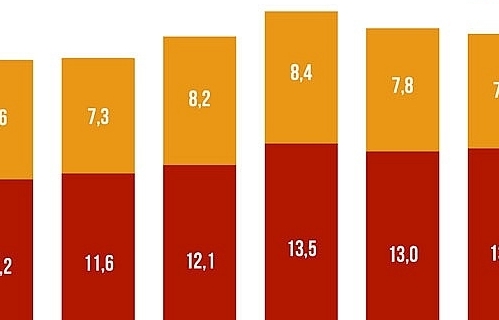
Top 10 Reputable Animal Feed Companies in 2024: Efforts to survive the challenges of nature
18:30 | 21/12/2024 Import-Export

Vietnam's import-export surges 15.3%
09:44 | 20/12/2024 Import-Export

More Vietnamese firms interested in Saudi Arabia: Ambassador
09:43 | 20/12/2024 Import-Export
More News

“Give and Take” in the Value Chain of the CPTPP Market
09:30 | 20/12/2024 Import-Export

Binh Dinh province works to attract investment from Japan
15:44 | 19/12/2024 Import-Export

Agricultural, forestry and fishery exports “reach the target” early
15:20 | 19/12/2024 Import-Export

Thailand remains Vietnam’s biggest trading partner in ASEAN
15:35 | 18/12/2024 Import-Export

Rubber value soars in 2024: VRA
15:33 | 18/12/2024 Import-Export
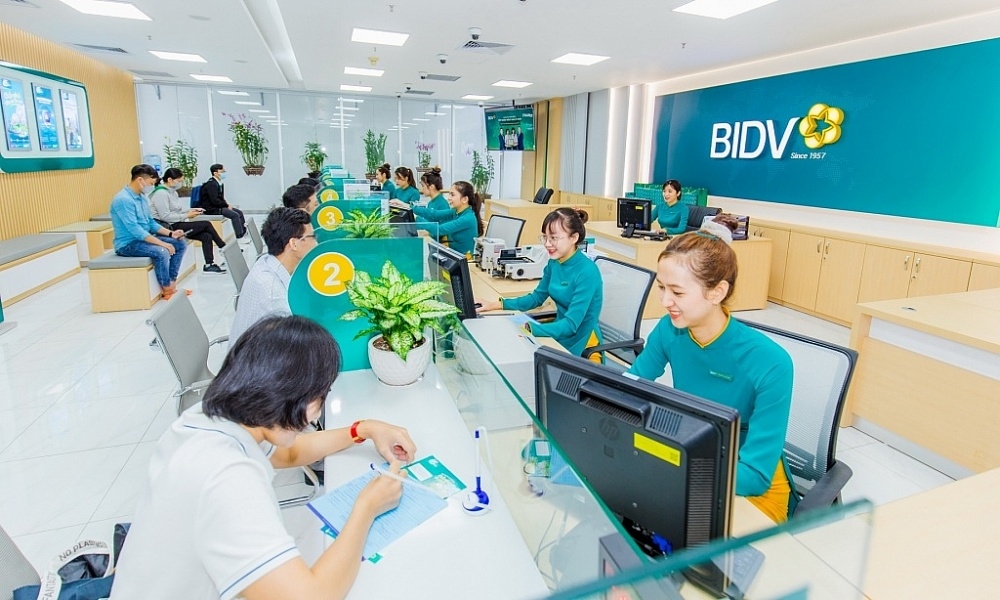
Vietnamese businesses struggle to access green finance
09:58 | 18/12/2024 Import-Export

E-commerce: a gateway to boost Vietnamese commodities in the UK market
16:55 | 17/12/2024 Import-Export

Agro-forestry-fisheries exports top 62 billion USD in 2024
16:51 | 17/12/2024 Import-Export
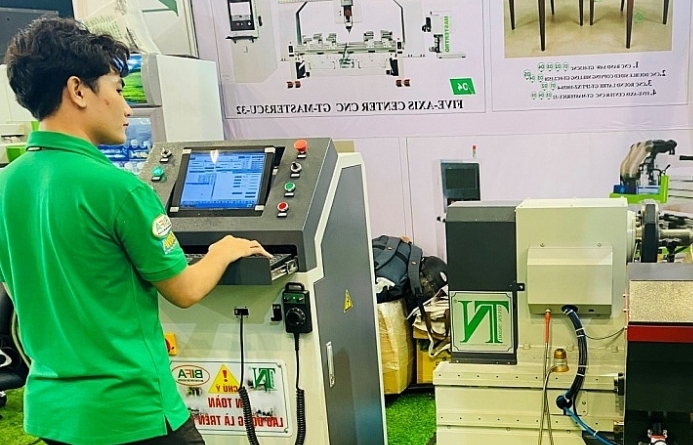
Removing “bottlenecks” for digital transformation in industrial production
10:00 | 17/12/2024 Import-Export
Your care

Seafood exports expected to exceed $10 billion in 2025: expert
20:28 | 21/12/2024 Import-Export

Top 10 Reputable Animal Feed Companies in 2024: Efforts to survive the challenges of nature
18:30 | 21/12/2024 Import-Export

Vietnam's import-export surges 15.3%
09:44 | 20/12/2024 Import-Export

More Vietnamese firms interested in Saudi Arabia: Ambassador
09:43 | 20/12/2024 Import-Export

“Give and Take” in the Value Chain of the CPTPP Market
09:30 | 20/12/2024 Import-Export




